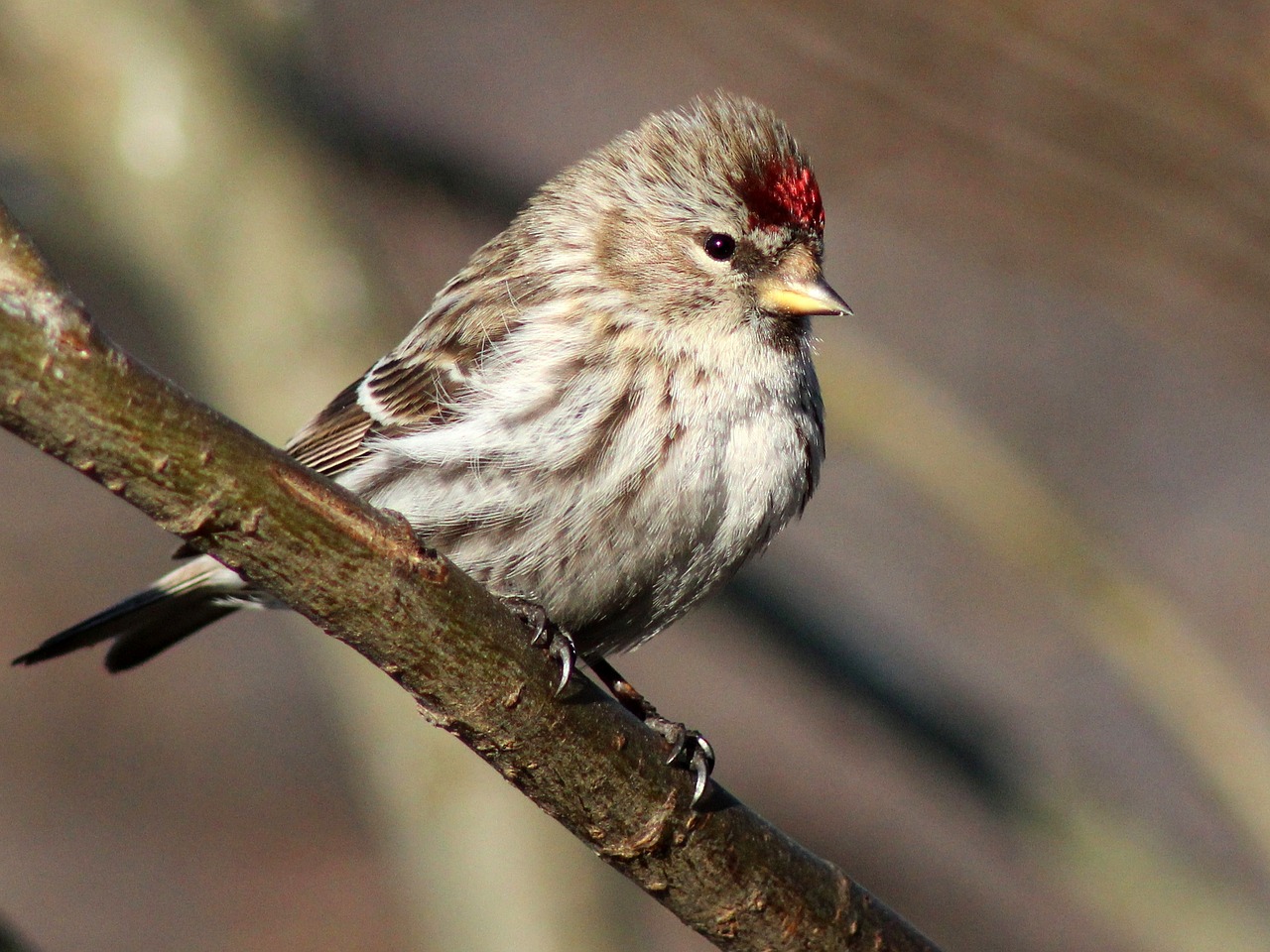Effekten av dåligt väder på gråsiskans Carduelis flammea häckning ett björkfröfattigt år i södra Lappland
DOI:
https://doi.org/10.34080/os.v1.23105Nyckelord:
klimateffekter, häckningsbiologi, häckningsframgång, födosöksekologiAbstract
The number of breeding Common Redpolls in montane birch forests is shown to be subject to great fluctuations. Peak years have coincided with a superabundant seed crop of the montane birch. The connection between the breeding of the Redpolls and the birch seed crop has been studied since 1979 in the Ammarnäs area in Swedish Lapland. In 1988 there was a very low abundance of birch seeds, yet the density of the Redpolls during the breeding season was quite high. Here we present some observations on the breeding success of Redpolls in this year. The study is based on observations at 21 nests of Common and Arctic Redpolls. Only 3 of 12 pairs that started to breed just before or during a six days period with cold and rainy weather bred successfully. The other pairs postponed egglaying (2) or deserted their clutches (7). All pairs that had completed egglaying more than two days before or started the egglaying after the cold period were successful. In years with a good supply of birch seeds no such effects of bad weather have been recorded during the early period of the breeding. Our observations show how vulnerable the Redpolls are to bad weather when the seed crop is poor. The adult Redpolls probably switched to an insect diet, which was hard to maintain when the weather became cold and rainy.
Nedladdningar

Downloads
Publicerad
Referera så här
Nummer
Sektion
Licens
Författaren/författarna innehar copyright för varje enskilt bidrag, men samtliga bidrag är publicerade under en Creative Commons-licens, så att vem som helst kan dela och återanvända bidraget förutsatt att copyright-innehavaren erkänns.







